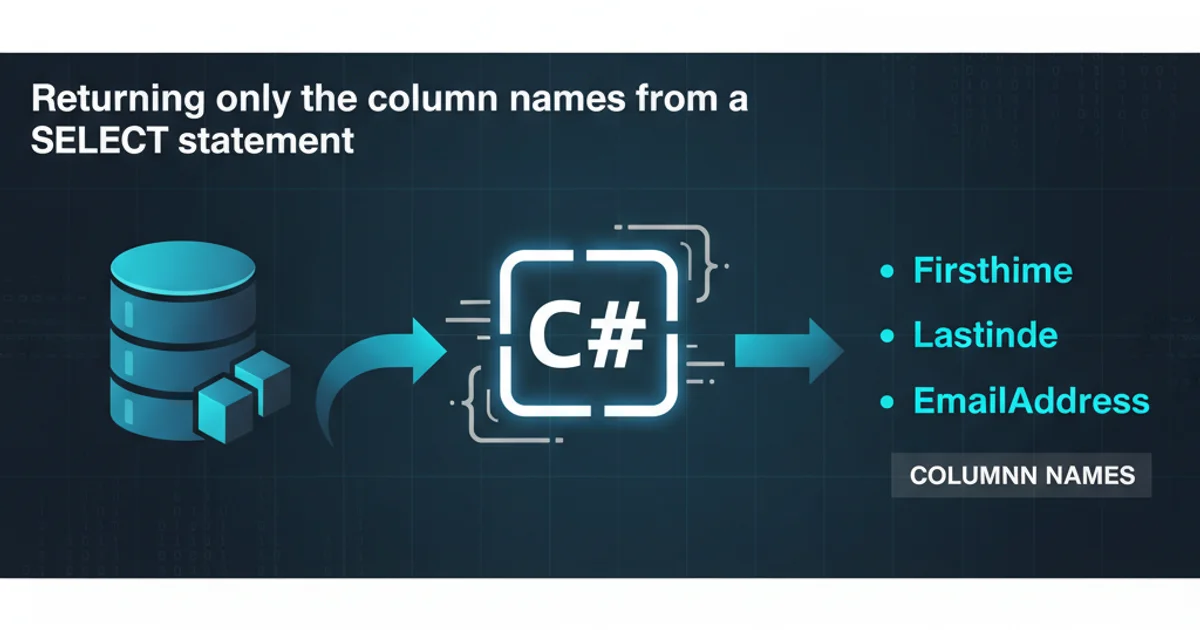Embed image in a <button> element
Categories:
Embedding Images in HTML Buttons: A Comprehensive Guide

Learn various techniques to integrate images seamlessly into <button> elements using HTML and CSS, enhancing user interface design and interactivity.
Creating visually appealing and intuitive user interfaces often involves more than just text. Buttons, as primary interactive elements, frequently benefit from incorporating icons or images to convey their purpose more effectively or to align with brand aesthetics. While directly embedding an <img> tag inside a <button> is possible, there are several CSS-driven approaches that offer greater flexibility and control over styling and responsiveness. This article explores different methods to embed images within HTML buttons, from simple <img> tags to advanced CSS techniques, helping you choose the best approach for your specific needs.
Method 1: Using the <img> Tag Directly
The most straightforward way to place an image inside a button is to simply nest an <img> tag within the <button> element. This method is easy to implement and works across all modern browsers. However, styling and positioning the image relative to text might require additional CSS.
<button type="button">
<img src="path/to/icon.png" alt="Description of icon" width="20" height="20">
Click Me
</button>
Basic HTML structure for embedding an image directly.
<img> tag directly, always provide meaningful alt text for accessibility. This ensures screen readers can describe the image to users with visual impairments.Method 2: Leveraging CSS background-image
A more common and often preferred method for embedding icons or images in buttons is using the CSS background-image property. This approach offers superior control over image positioning, sizing, and repetition, making it ideal for sprite sheets or single icons. You can apply the background image directly to the <button> element or to a <span> inside the button for more granular control.
<button type="button" class="icon-button">
Click Me
</button>
<button type="button" class="icon-button-span">
<span class="icon"></span>
Click Me
</button>
HTML for buttons using CSS background images.
.icon-button {
background-image: url('path/to/icon.png');
background-repeat: no-repeat;
background-position: 10px center; /* Adjust position as needed */
padding-left: 40px; /* Make space for the icon */
padding-right: 15px;
height: 40px;
border: 1px solid #ccc;
border-radius: 5px;
cursor: pointer;
}
.icon-button-span {
display: flex;
align-items: center;
gap: 8px; /* Space between icon and text */
padding: 8px 15px;
border: 1px solid #ccc;
border-radius: 5px;
cursor: pointer;
}
.icon-button-span .icon {
display: inline-block;
width: 20px;
height: 20px;
background-image: url('path/to/icon.png');
background-size: contain;
background-repeat: no-repeat;
}
CSS for styling buttons with background images.
flowchart TD
A[Start]
A --> B{Choose Method}
B -->|Direct `<img>`| C[Simple HTML]
B -->|CSS `background-image`| D[Flexible CSS]
C --> E[Limited Styling]
D --> F[Advanced Positioning]
E --> G[Final Button]
F --> G
G[End]Decision flow for choosing an image embedding method.
Method 3: Using SVG Icons
Scalable Vector Graphics (SVG) are an excellent choice for icons due to their scalability without loss of quality and small file sizes. You can embed SVGs directly into your HTML, use them as background-image in CSS, or reference them via an <img> tag. Direct embedding allows for easy manipulation of color and other properties via CSS.
<button type="button" class="svg-button">
<svg width="20" height="20" viewBox="0 0 24 24" fill="currentColor">
<path d="M12 2C6.48 2 2 6.48 2 12s4.48 10 10 10 10-4.48 10-10S17.52 2 12 2zm-2 15l-5-5 1.41-1.41L10 14.17l7.59-7.59L19 8l-9 9z"/>
</svg>
Confirm
</button>
Embedding an SVG directly within a button.
currentColor for the fill property, which will make the SVG inherit the text color of its parent element, simplifying color management.Best Practices and Considerations
Regardless of the method you choose, keep the following best practices in mind for optimal performance, accessibility, and maintainability:
- Accessibility: Always provide
alttext for<img>tags. For CSS background images or SVG icons that are purely decorative, ensure they are hidden from screen readers (e.g., usingaria-hidden="true"on a<span>orrole="img"witharia-labelfor meaningful icons). - Performance: Optimize image sizes. For icons, SVG is generally preferred. If using raster images (PNG, JPG), ensure they are compressed and appropriately sized.
- Responsiveness: Use relative units (e.g.,
em,rem,%) for sizing and positioning where possible, or use media queries to adjust styles for different screen sizes. - Semantic HTML: While you can use
<div>or<a>elements styled as buttons, using the native<button>element is semantically correct and provides built-in accessibility features. - Hover/Focus States: Ensure your buttons have clear hover, focus, and active states, including changes to the image/icon if necessary, to provide good user feedback.
1. Choose Your Image Type
Decide whether you need a raster image (PNG, JPG) for complex graphics or a vector image (SVG) for scalable icons. SVG is generally recommended for icons.
2. Select an Embedding Method
For simple, static images, direct <img> might suffice. For more control over styling and positioning, especially with icons, CSS background-image or direct SVG embedding are better choices.
3. Implement HTML and CSS
Write the necessary HTML structure for your button and apply CSS to style the button and position the image correctly. Use flexbox or grid for advanced layout within the button.
4. Ensure Accessibility
Add alt text for <img> tags or aria-label for decorative icons to ensure your buttons are accessible to all users.
5. Test Across Browsers
Verify that your button with the embedded image displays and functions correctly across different browsers and devices.